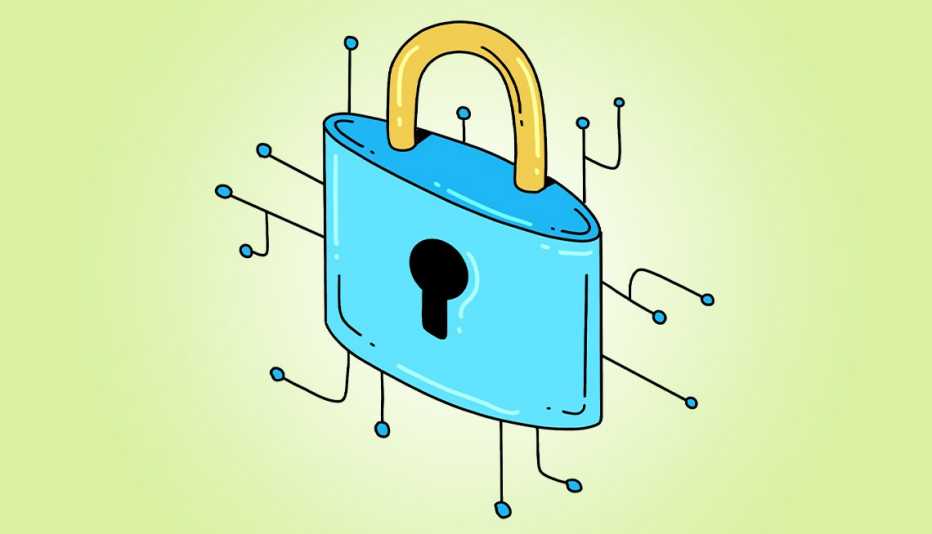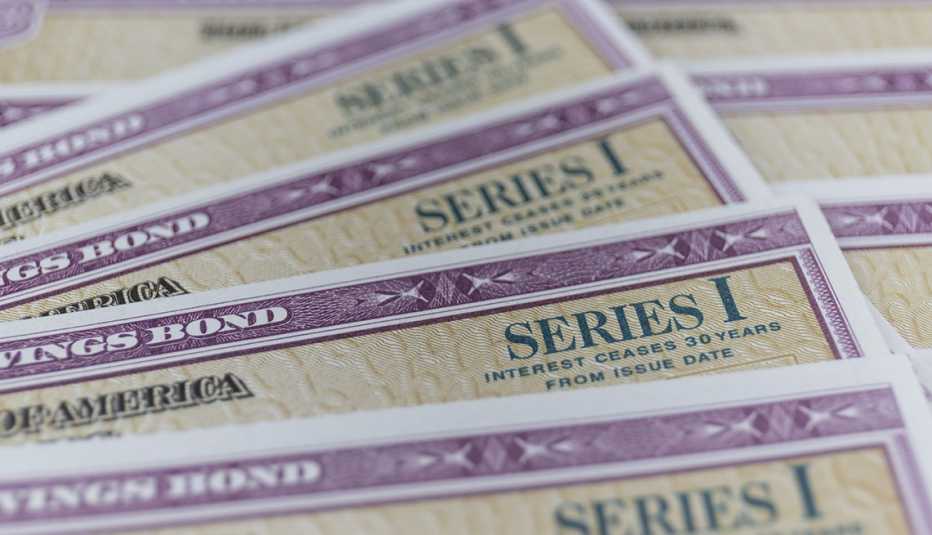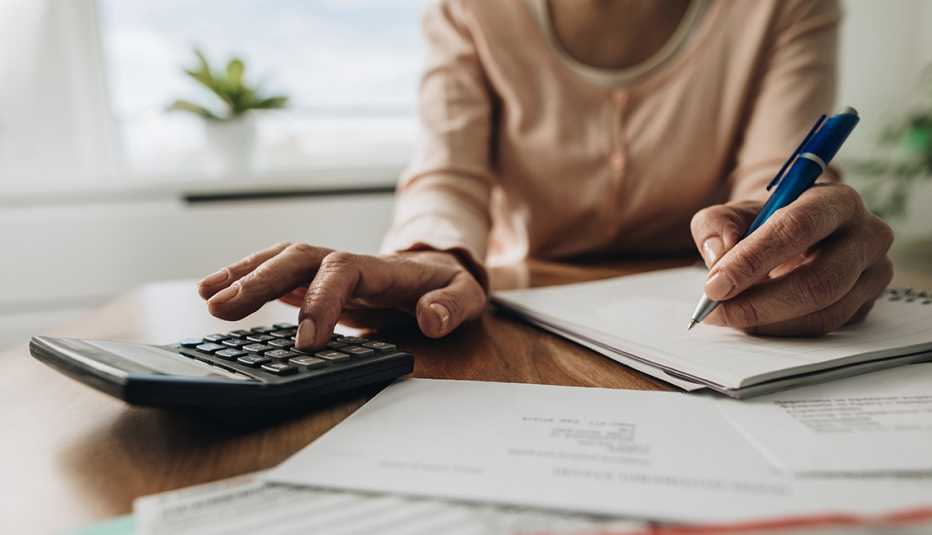Staying Fit
Covid has reduced older Americans’ comfort with handling cash, but we still can’t quite let go of the habit. In 2019, adults in two age groups — those 18 to 24 and 55 to 64 — used cash for about one-third of their purchases, according to Federal Reserve research.
Two years later, that older cohort was still using cash 26 percent of the time; for young adults, however, the figure had dropped to only 17 percent. And while 59 percent of young adults said they would be comfortable leaving their cash at home and instead paying with their smartphone, only 36 percent of Americans ages 51 to 65 would sign on to that, according to the payments firm Marqeta. The most common reason older adults gave for carrying cash: force of habit.


AARP Membership— $12 for your first year when you sign up for Automatic Renewal
Get instant access to members-only products and hundreds of discounts, a free second membership, and a subscription to AARP the Magazine.
If you’re one of those people who find it hard to kick that cash habit, consider these benefits of going from paper to plastic or electronic when making purchases or dining out.
Rewards
Many credit cards come with rewards programs that earn you points or as much as 5 percent cash back on all your purchases — whether you use the card in person, online or through a smartphone app known as a digital wallet (Apple Pay and Google Wallet, for example). Points can be redeemed for things like flights, hotel stays and statement credits. “Rewards are basically free money,” says Ted Rossman, a senior credit card analyst for Bankrate.com. There is, however, an important caveat: These rewards won’t nearly cover the interest costs if you’re carrying a credit card balance from month to month. “Don’t spend more than you have in your checking account,” Rossman says. “Pay the balance in full each month and avoid interest.”



































































